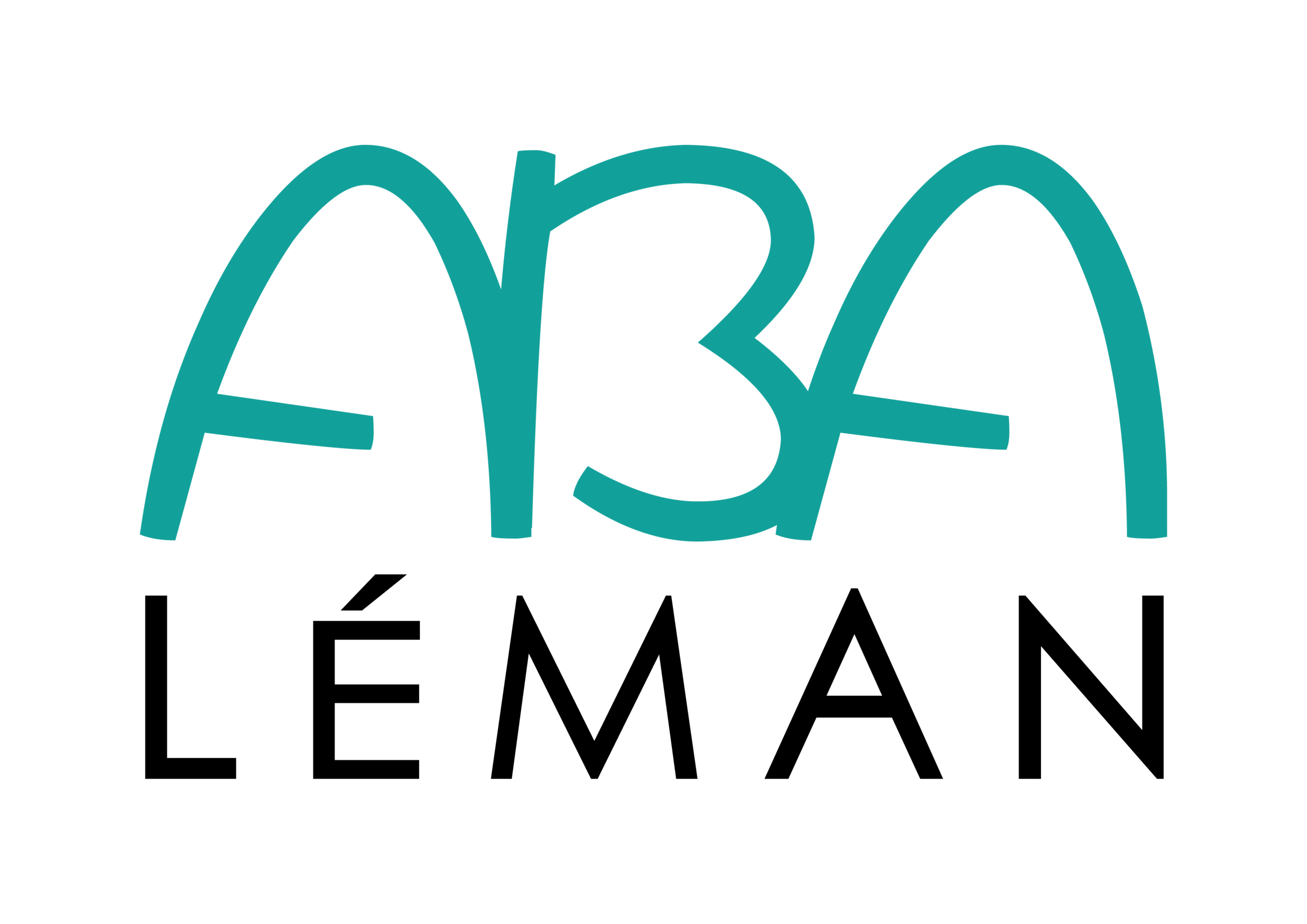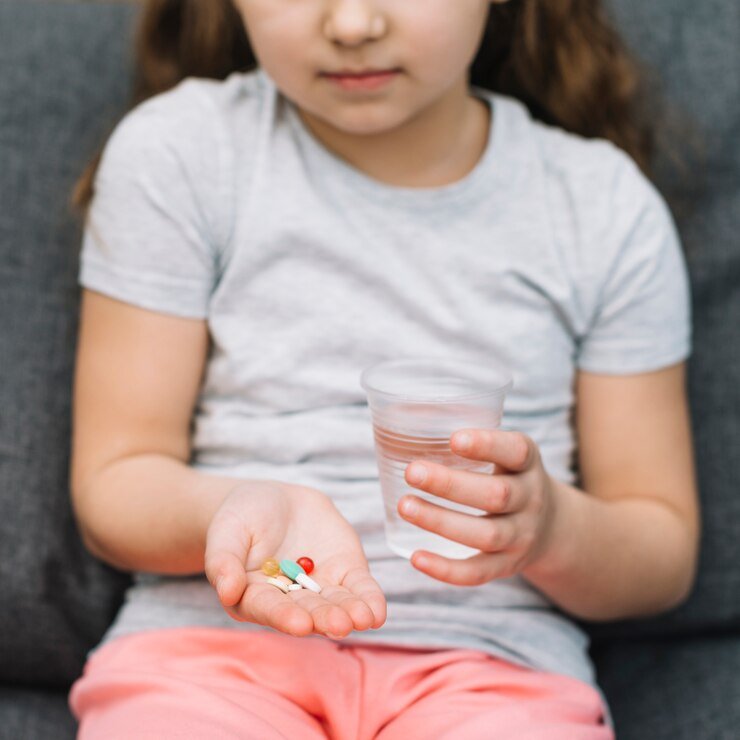How to get an autistic child to swallow a pill ?
Many children with autism spectrum disorder (ASD) refuse certain foods because of sensitivities to tastes or textures. Some also have trouble swallowing medicines, vitamins and other supplements in pill form. This is of concern because it makes harder to treat illnesses or address nutritional deficiencies.
The most common, and often successful approach is to make the medicine more acceptable, keeping in mind your child’s likes and dislikes. For instance, some supplements and medicines can be crushed and mixed with a favorite food such as applesauce or yogurt or a drink such as apple juice or ice-tea. You might even try disguising it in a chocolate cream. But it’s very important to ask your doctor or pharmacist if it’s okay to crush or mix a given medicine as some can irritate the mouth or throat or are designed to release slowly over time.
Sometimes crushing and mixing doesn’t work. If this is the case with an important medicine, consider working with your pharmacist or doctor to find an alternative medicine in a form or taste your child will accept.
Compounding pharmacists have expertise in mixing drugs to meet special needs. Find a compounding pharmacist in your area.
While these strategies can work well for the occasional unpleasant medicine, they are not an ideal long-term plan. Over the long run, your child’s health will be better served if he learns to take medicines, including pills.
Many families give up early on teaching pill swallowing. In fact, most children can learn this skill, given time and patience and some guidance. Speech pathologists, occupational therapists and ABA therapists have expertise in this area. So, enlist the help of your child’s health and educational team.
You may consider some behavioral strategies below:
Pair a difficult task, like taking medicine, with a favorite activity like jumping on the trampoline, a Ipad time or simply a favorite song.
Create a daily schedule that includes medicines. Children with ASD often benefit from a predictable daily schedule. Including medicines in that schedule makes the task more expected and your expectations clearer to your child.
Use visual support to help a child understand the daily medicine routine. For instance, visual supports can help a child learn each important step to swallowing a pill and can even be used to help make the connection between taking the medicine and getting to enjoy that favorite activity (by showing a picture of a child taking medicine paired with a picture of the activity). You can use First-Then visual support.
Introduce Oralflo cup. Read more on https://oralflo.com/
Check also for more ABA strategies for teaching pill swallowing on https://autism.org/teaching-pill-swallowing/
Knowing that taking medicines, vitamins and other supplements tends to get easier over time. The earlier you can start teaching these skills and employing helpful behavior strategies the sooner you can help ensure your child’s long-term health.

